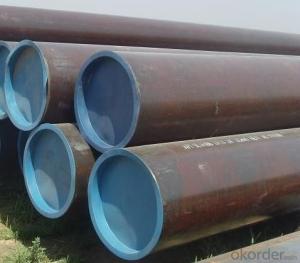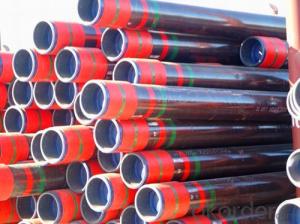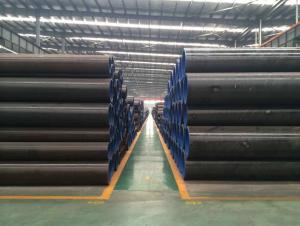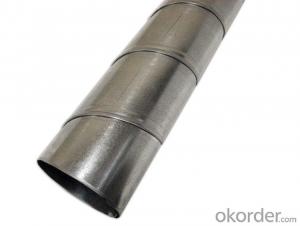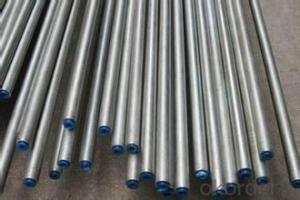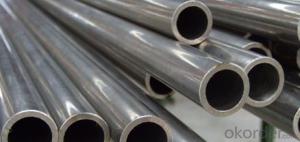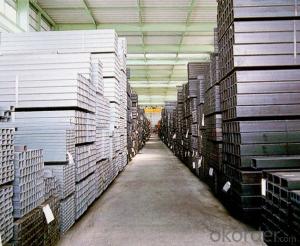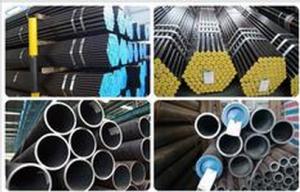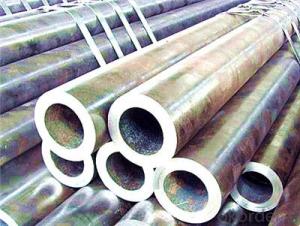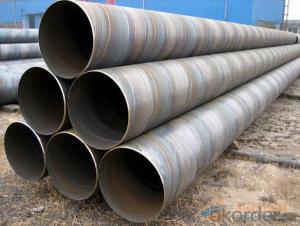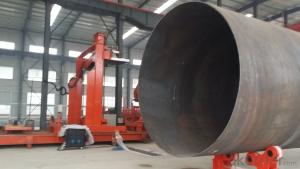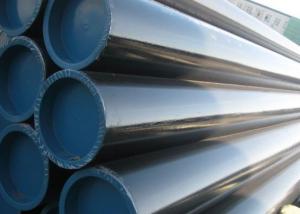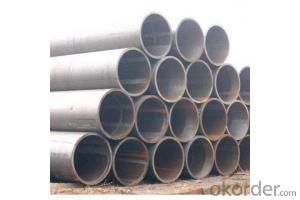All Categories
- - Steel Wire Rod
- - Steel Coils
- - Steel Profiles
- - Steel Pipes
- - Stainless Steel
- - Tinplate
- - Special Steel
- - Steel Sheets
- - Steel Rebars
- - Steel Strips
- - Hot Rolled Steel
- - Cold Rolled Steel
- - Pre-painted Steel
- - Seamless Steel Pipe
- - Welded Steel Pipe
- - Hollow Steel Tubes
- - Galvanized Pipe
- - Stainless Steel Coil
- - Stainless Steel Sheet
- - Stainless Steel Plate
- - Stainless Steel Strips
- - Electrolytic Tinplate Coil
- - Electrolytic Tinplate Sheet
- - Stainless Steel Rebars
- - Solar Panels
- - Solar Water Heater
- - Solar Related Products
- - Solar Inverter
- - Solar Cells
- - Solar Light
- - Solar Energy Systems
- - Solar Controllers
- - Solar Mounting System
- - Solar Pump
- - Solar Chargers
- - Fiberglass Chopped Strand
- - Fiberglass Mesh Cloth
- - Composite Pipes
- - FRP Pultrusion Profiles
- - Fiberglass Mat Tissue
- - Fiberglass Fabrics
- - Fiberglass Mesh
- - Composite Tank
- - Fiberglass Mesh tape
- - Polymer
- - FRP Roofing Panel
- - Fiberglass Roving
- - Monolithic Refractories
- - Ceramic Fiber Products
- - Refractory Bricks
- - Raw Materials For Refractory
- - Suspended Platform
- - Cranes
- - Concrete Machinery
- - Earthmoving Machinery
- - Building Hoist
- - Road Building Machinery
- - Plastic Pipe Fittings
- - Plastic Tubes
- - Plastic Sheets
- - Agricultural Plastic Products
- - Plastic Nets
 All Categories
All Categories
Q & A
What are the considerations when using hollow steel tubes in earthquake-resistant structures?
When using hollow steel tubes in earthquake-resistant structures, several considerations need to be taken into account. Firstly, the size and thickness of the tubes should be carefully determined based on the anticipated seismic forces and building requirements. The steel should have high tensile strength to withstand the dynamic loads during an earthquake.
Additionally, the connections between the tubes and other structural elements should be designed to allow for flexibility and ductility. This is essential to absorb and dissipate the seismic energy, preventing excessive deformation or failure. Adequate bracing and reinforcement should be incorporated to enhance the structural integrity and distribute the seismic forces throughout the system.
Furthermore, the construction techniques and quality control during fabrication and installation of the hollow steel tubes are crucial. Welding procedures should be carefully followed to ensure proper fusion and avoid any weak points in the structure. Regular inspections and testing should be conducted to verify the integrity and performance of the tubes.
Overall, the considerations when using hollow steel tubes in earthquake-resistant structures involve proper sizing, connection design, bracing, reinforcement, construction techniques, and quality control to ensure a safe and resilient building that can withstand seismic events.
Are hollow steel tubes used in the manufacturing of lighting fixtures?
Yes, hollow steel tubes are commonly used in the manufacturing of lighting fixtures. These tubes serve as a structural component, providing support and stability to the fixture while housing electrical wiring and other necessary components.
What are the different methods of protecting hollow steel tubes from rusting?
There are several methods to protect hollow steel tubes from rusting. One common method is by applying a protective coating such as paint or epoxy. This creates a barrier between the steel and the surrounding environment, preventing moisture and oxygen from reaching the metal surface. Another method is galvanization, which involves coating the steel with a layer of zinc. This sacrificial coating corrodes instead of the steel, providing long-lasting protection. Additionally, using stainless steel tubes, which have a natural resistance to rust, is another effective method. Regular maintenance, such as cleaning and applying rust inhibitors, can also help prevent rust formation on hollow steel tubes.
Can hollow steel tubes be used for fluid transportation?
Yes, hollow steel tubes can be used for fluid transportation. They are commonly used in industries such as oil and gas, plumbing, and construction for transporting various fluids including water, gases, and oils. The high strength and durability of steel make it suitable for withstanding high pressure and maintaining the integrity of the fluid being transported.
Wholesale Hollow Steel Tubes from supplier in Nicaragua
We are a Hollow Steel Tubes supplier serving the Nicaragua, mainly engaged in the sale, quotation, and technical support services of various Hollow Steel Tubes products in the Nicaragua region. We are a subsidiary platform of the Fortune Global 500 company CNBM, able to provide you with one-stop Hollow Steel Tubes procurement services in the Nicaragua. Not only do we have a wide range of Hollow Steel Tubes products, but after years of market development in the Nicaragua, we can also provide valuable experience for your projects.
